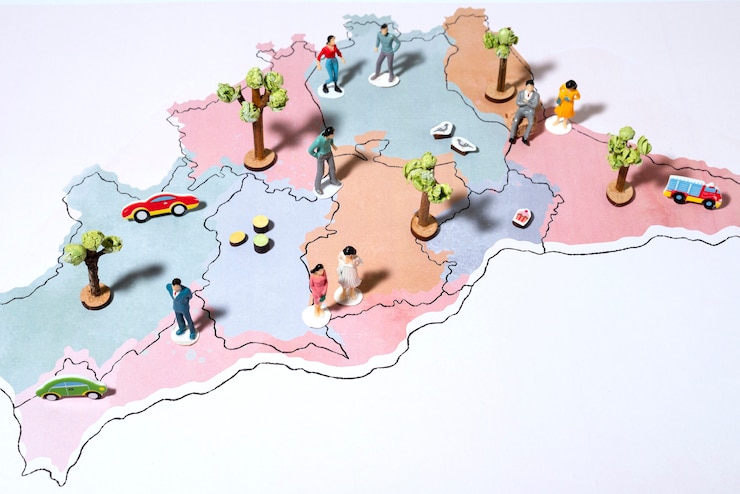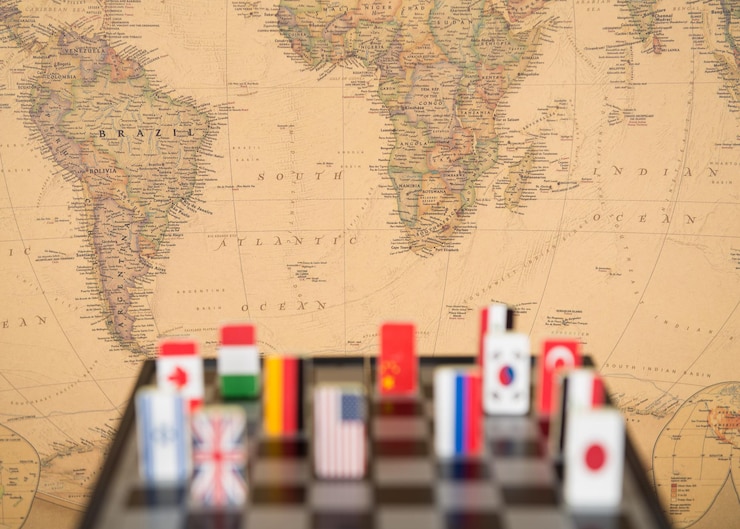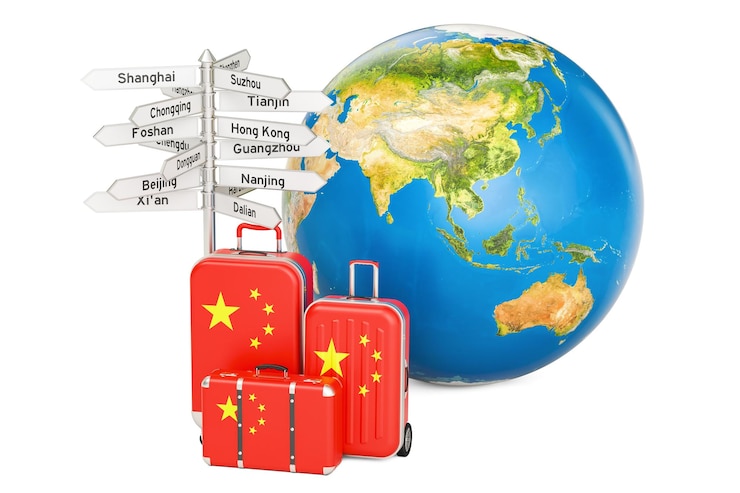
China is one of the most diverse and historically rich countries in the world, offering a mix of ancient traditions, modern advancements, and breathtaking landscapes. With a vast geographical expanse, visitors may find it challenging to decide which cities to explore. To help you plan your trip, we have compiled a list of the top 10 cities to visit in China, each offering a unique experience steeped in culture, history, and natural beauty.
Beijing – The Cultural and Political Hub
Beijing, the capital of China, is the heart of the country’s culture and politics. It is home to iconic landmarks like the Great Wall of China, the Forbidden City, and the Summer Palace. Visitors can experience traditional Chinese architecture, historical palaces, and ancient temples that tell the story of China’s imperial past. Tiananmen Square, one of the largest public squares in the world, is also located here. Apart from historical sites, Beijing is famous for its culinary delights, especially the renowned Peking duck.
Shanghai – The Modern Metropolis

Shanghai is China’s most populous city and its financial capital. The city’s skyline, featuring the Oriental Pearl Tower and Shanghai Tower, is a testament to its rapid modernization. Visitors can stroll along the Bund to see a blend of historic and modern buildings or explore the trendy Xintiandi district for upscale shopping and dining. Shanghai is also home to the traditional Yuyuan Garden and the futuristic Lujiazui area, making it a perfect mix of old and new.
Xi’an – The Ancient Capital
Xi’an is a must-visit city for history enthusiasts. Once the starting point of the Silk Road, this ancient capital is best known for the Terracotta Army, a vast collection of life-sized statues built to guard Emperor Qin Shi Huang in the afterlife. The city also boasts the Giant Wild Goose Pagoda, the ancient City Wall, and the bustling Muslim Quarter, where visitors can taste delicious street food like roujiamo (Chinese hamburger) and biang biang noodles.
Chengdu – The Land of Pandas
Chengdu, the capital of Sichuan province, is known for its relaxed lifestyle and adorable giant pandas. The Chengdu Research Base of Giant Panda Breeding is the best place to see these creatures up close. The city is also famous for its spicy Sichuan cuisine, including hotpot and mapo tofu. Visitors can explore historical sites such as Wuhou Shrine and Jinli Ancient Street, or enjoy a traditional Sichuan opera performance featuring face-changing acts.
Guangzhou – The Shopping and Culinary Heaven
Guangzhou, a bustling trade city in southern China, is famous for its Cantonese cuisine and vibrant markets. Visitors can enjoy dim sum at a traditional tea house or explore Beijing Road and Shangxiajiu Pedestrian Street for shopping. The Canton Tower offers a panoramic view of the city, while the Chimelong Safari Park provides an excellent opportunity to see exotic animals. The city also hosts the Canton Fair, the largest trade fair in China, attracting visitors from all over the world.
Hangzhou – The Paradise on Earth
Hangzhou is known for its stunning West Lake, which has inspired poets and artists for centuries. Visitors can take a boat ride on the lake, walk along its picturesque pathways, or visit historic temples like Lingyin Temple. Hangzhou is also famous for its Longjing tea, which is considered one of the best green teas in China. The Grand Canal, the longest artificial river in the world, also passes through the city, offering a glimpse into China’s rich waterway history.
Guilin – The City of Karst Landscapes
Guilin is one of the most scenic cities in China, known for its unique karst mountains and the picturesque Li River. A boat cruise from Guilin to Yangshuo is a must-do activity, offering breathtaking views of lush green hills and limestone formations. The city is also home to Reed Flute Cave, filled with colorful stalactites and stalagmites. Visitors can explore the Longji Rice Terraces, where they can witness stunning agricultural landscapes carved into the mountains.
Lhasa – The Spiritual Heart of Tibet
Lhasa, the capital of Tibet, is a city that offers an entirely different experience from the rest of China. It is home to the iconic Potala Palace, the former residence of the Dalai Lama. Jokhang Temple, the holiest site in Tibetan Buddhism, attracts thousands of pilgrims each year. Barkhor Street is a great place to witness Tibetan culture and shop for traditional handicrafts. The high-altitude location of Lhasa also offers breathtaking views of the Himalayas.
Harbin – The Ice City
Harbin, in China’s northeast, is best known for its annual Ice and Snow Festival, where visitors can admire massive ice sculptures and illuminated ice castles. The city’s Russian influence is evident in its architecture, especially at Saint Sophia Cathedral. In winter, visitors can enjoy skiing at nearby resorts or experience traditional winter activities like ice swimming. Harbin’s unique cuisine, featuring hearty northern Chinese and Russian dishes, is also worth trying.
Suzhou – The Venice of the East

Suzhou is famous for its classical Chinese gardens and ancient canals. The Humble Administrator’s Garden and Lingering Garden are among the most beautiful traditional gardens in China. Visitors can take a boat ride along the Grand Canal and explore the historic Pingjiang Road, lined with traditional tea houses and boutique shops. Suzhou is also known for its silk production, making it a great place to buy high-quality silk products.
Conclusion
China is a country with an incredible mix of history, culture, and modernity. Whether you’re interested in exploring ancient relics, experiencing vibrant city life, or admiring breathtaking landscapes, China has something to offer every traveler. From the bustling streets of Beijing and Shanghai to the serene beauty of Hangzhou and Guilin, each city on this list offers a unique and unforgettable experience. Planning a trip to China requires considering the diversity of its cities, ensuring that you make the most of your visit to this fascinating country.
FAQs
1. What is the best time to visit China?
The best time to visit China depends on your preferred destinations. Spring (March to May) and autumn (September to November) offer pleasant weather and are ideal for exploring major cities and natural landscapes.
2. Do I need a visa to travel to China?
Most travelers require a visa to visit China. It is best to check with the Chinese embassy or consulate in your country for the latest visa requirements.
3. Is China safe for tourists?
Yes, China is generally safe for tourists. However, like any other country, it is essential to stay aware of your surroundings, especially in crowded areas, and follow local laws and regulations.
4. What currency is used in China?
China uses the Renminbi (RMB), commonly known as the yuan (CNY). Credit cards are widely accepted in major cities, but it’s advisable to carry some cash when visiting smaller towns.
5. Do people in China speak English?
While English is not widely spoken in China, major tourist areas and hotels usually have English-speaking staff. Learning a few basic Mandarin phrases or using a translation app can be helpful during your trip.